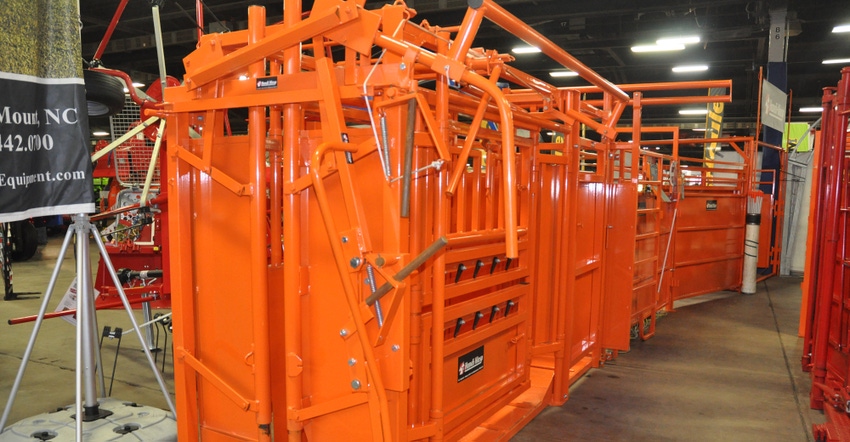Slow is fast and fast is slow: Safe cattle handling
The first step in working cattle is to determine how the cattle think.
December 6, 2022

An old cowboy once told me “If you work cattle like you gotta be done quick, it takes all day; but if you work like you got all day, you get done quick.”
Animal welfare is a major concern when it comes to agriculture production. When employees are properly trained and understand cattle behaviors, they continue to safely handle animals over their careers. This ensures the safety of the animals we are entrusted to care for as well as personnel. Whether it’s in the feedlot or on the pasture, cattle management practices are important for the animals and employees. I will go over some basic tips that will hopefully turn your mindset on cattle-handling from a list of rules and quick-fix solutions to long term habits.
One of the first steps to implementing good management practices is understanding how the cattle think. We can keep their stress levels low if we build a working facility that they understand, one that works with the movements they naturally want to make. They also do not like drastic light changes on either end of the spectrum. They do not want to walk from a dark and shaded place straight into sunlight or vice versa. It affects their vision and could induce stress. There are many other factors going into facility design that can positively affect the cattle-working experience.
Many people working with cattle like the use of sticks or flags to assist them in moving cattle. While these items are not bad when used properly, they can often become a crutch and be misused. My opinion is that it is better to use these as little as possible. In the outside environment that most cattle are in there are so many uncontrollable factors; distractions, weather, and even insects. These factors can all affect the cattle’s stress level the day you chose to work with them. However, the more comfortable and trusting the cattle are of you the less the distractions will bother them. We will never be able to take away all distractions but we can learn how to better control our cattle.
A seemingly counter-intuitive concept that has proven itself true is the slower you work, the faster the job gets done. A common practice in cattle working is to bring as many people possible and work as quickly as you can to get the job done. There are reasons for this thought process; cattle can get too hot, may be away from water or their calves for too long. However, forcing the cattle to move quicker than they want to or are able to move, will often result in employees or cattle getting injured, ultimately slowing down progress. Take your time using only as many employees are actually needed and the job will get done quicker, smoother, and with less stress. Another point for efficiency is for everyone to have clearly assigned duties and to stick to their assignment ensuring nothing gets missed while the animal is in the chute.
Most importantly in low-stress cattle handling, keep your employees calm to ensure cattle are calm. Be aware of their behavior, as it can be a tale-tell sign of their stress level. Understanding cattle should be important to all employees working with animals in the agriculture industry. Our goal is that the public is confident that we ensure the safety of all animals we work with.
You May Also Like



